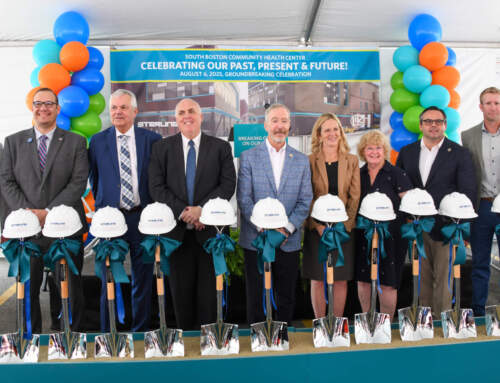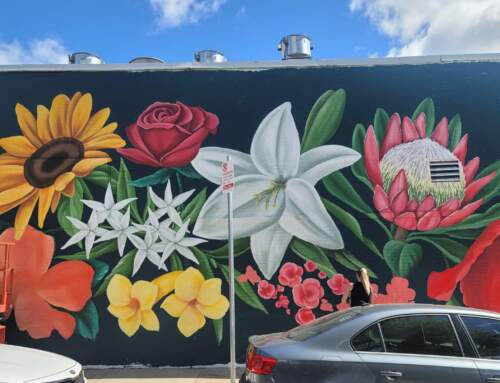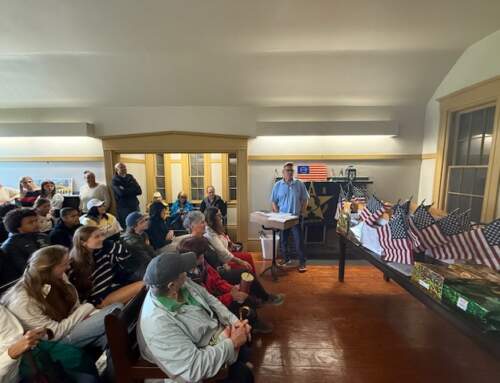The following statement is not news to anyone: Much has changed in South Boston in recent years. Property values have skyrocketed and rents have increased. The neighborhood’s population looks much different now than it did just a few years ago. Small, local businesses are closing and being replaced. Parishes are closing and consolidating.
But amidst these changes in South Boston, one thing each year remained fairly constant: The St. Patrick’s Day parade.
For the entirety of most South Boston residents’ lifetimes, the parade has maintained its route, a route filled with history and tradition. The St. Patrick’s Day and Evacuation Day parade route passed by Dorchester Heights, an integral location on Evacuation Day, March 17, 1776. It looped through South Boston, ending at Andrew Square, a location close to tradition – and public transportation.
But in a last minute decision – less than a month before the holiday – the parade route was shortened. The city of Boston did not approve the full parade route, eliminating more than half of the route distance. The parade is now scheduled to end at Farragut Road, cutting out about two miles of parade, passing along Thomas Park and Dorchester Heights, and convenient access to the T.
The intention of reducing the parade route, according to public officials, is to improve safety.
“After consulting with Commissioner Evans, I have decided that it is in the best interest of public safety, while balancing the historic tradition of the St. Patrick’s Day Parade, to use the same route that we did last year for this year’s parade,” Mayor Martin J. Walsh said in a statement through is press office this week.
Last year’s route was shortened as a result of the extraordinary snow that hit Boston last year – a nonissue this year.
The parade organizers – the Allied War Veteran’s Council – are understandably unhappy with this change.
“The Veterans and the Parade organizers running the event are shocked and dissatisfied with this change. No straight answer from City officials as to why the route was changed, or why they are not letting Veterans march past the Dorchester Heights National Historical Site during their 115th annual parade, which is organized and paid for every year by the South Boston Veterans and their supporters,” reads a statement posted by the parade organizers on social media.
The reasons the city gave for shortening the parade were improved public safety and an estimated cost saving of $100,000. At a meeting of the Allied War Veterans Council on Tuesday, both of these reasons were shown to be invalid.
If the objective is to create a safer environment on Sunday, March 20 – the day of the parade – this does not seem to be the way to facilitate it. Does the city hope less people will arrive in South Boston for the parade as a result of this change? Perhaps. But let’s assume that a shortened route does not deter anyone from attending. Unlike last year, weather is not a concern. Now, South Boston would have a large number of people – perhaps near a million attendees – crowded into a much smaller area of the city on what is likely to be a warm spring afternoon.
This route may not only be more crowded, but the shortened route also takes away from the longtime residents who for years have and who again planned to watch the parade from their residences and businesses along the intended route. And transportation is likely to be a complication for the many out of area attendees who plan to spend the afternoon in South Boston.
The parade is a beloved South Boston tradition that highlights community, veterans, and Irish and American history. Change in South Boston, at this point, is inevitable (though not something we are advocating). But this one tradition, let South Boston keep.






